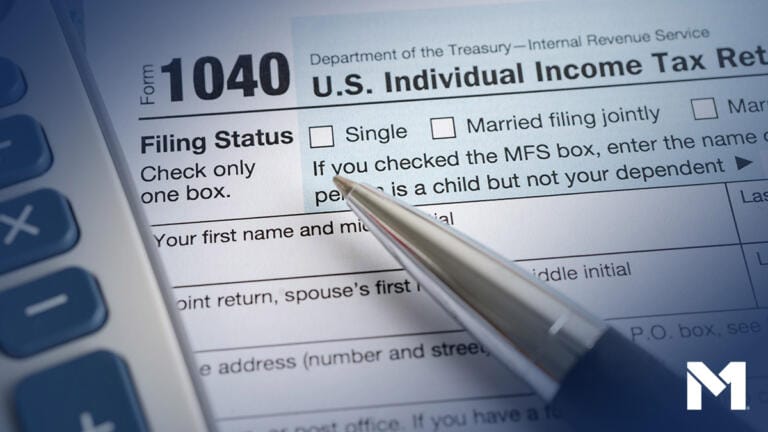Tax credits vs tax deductions: what’s the difference?
There’s a lot to be confused about when filing your taxes, especially when it comes to tax credits vs. tax deductions. The two are very…
Continue your personal finance journey by learning about how financial products work and how you can use them to save for the future.

There’s a lot to be confused about when filing your taxes, especially when it comes to tax credits vs. tax deductions. The two are very…

The mortgage interest deduction is a tax incentive for homeowners. It’s an itemized deduction that allows homeowners to subtract mortgage interest from their taxable income,…

If you contributed to a Traditional IRA account in 2023, you may be able to take a tax deduction for the contributions you made. The…

Your tax bracket determines the percentage of your income that goes toward federal or state taxes. Knowing this information can help you make informed decisions…

If you are currently repaying student loans, you may be able to deduct interest paid on your loans. In this article, we’ll go through the…

If you’ve donated to a charitable organization in the last year, you may be eligible for a tax deduction. For the tax year 2023, the…

As tax season approaches, many are starting to think about the various deductions they can take. In this article we’ll discuss the state and local…

If you run your own business from your home, you may want to consider the home office tax deduction. Your home office may be a…

The standard deduction is a fixed dollar amount set by the IRS that taxpayers can subtract from their gross income to reduce the amount of…

Return on investment (ROI) is a financial metric used to assess an investment’s profitability. It is one of the most commonly used metrics in finance….

Learn how to best utilize diversification in your investing strategy and on M1.

Cost basis is especially important when calculating end-of-year taxes. Find out what you can do to potentially reduce your bill.